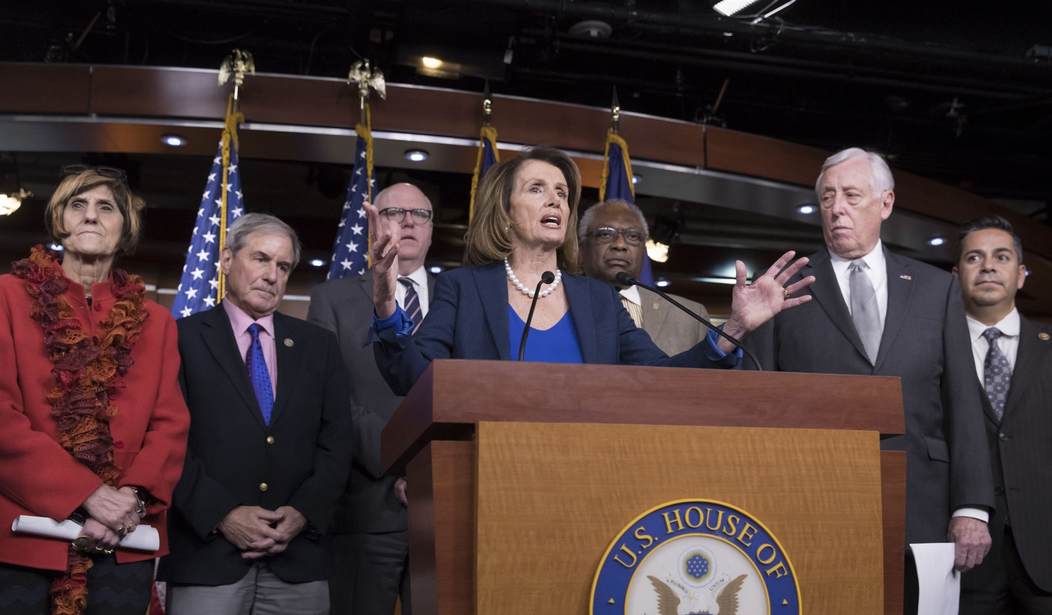Some regard Social Emotional Learning (SEL) as an educational necessity; others as a Trojan Horse for neoMarxism indoctrination. Based on my experience as an SEL Specialist in Austin Independent School District from 2014 to 2021, I know that true SEL is important to learning and that the SEL in schools is a Trojan Horse for neoMarxism indoctrination.
Human beings are inherently social-emotional creatures, and their well-being is intricately linked to their thoughts, feelings, and behaviors. Currently, we are facing a significant youth mental health crisis. Since 2000, there has been a staggering 350% increase in the suicide rate among children aged 10 to 12 years old (Bridge et al., 2015). Nearly 20% of children and young people in the United States aged 3 to 17 are affected by mental, emotional, developmental, or behavioral disorders (Perou et al., 2013). Suicidal behaviors among high school students have surged, increasing by over 40% in the decade leading up to 2019 (Centers for Disease Control and Prevention, 2018). These alarming statistics highlight the critical need for actively promoting positive social-emotional outcomes.
In 1994, a group that included Daniel Goleman, author of Social Intelligence and Emotional Intelligence, and educator-philanthropist Eileen Rockefeller Growald established CASEL (Collaborative for Academic, Social and Emotional Learning), the organization dedicated to advancing SEL research, practices, and resources in schools. Presently, more than 90% of schools and districts in the U.S. report a focus on developing students’ SEL skills (Duchesneau, 2020). Whether you like it or not, most American K-12 students and educators are receiving SEL.
CASEL formerly explained that,
Social and emotional learning (SEL) is the process through which children and adults acquire and effectively apply the knowledge, attitudes, and skills necessary to understand and manage emotions, set and achieve positive goals, feel and show empathy for others, establish and maintain positive relationships and make responsible decisions.
CASEL identified and defined five SEL competencies:
1. Self-awareness: Recognizing one’s emotions and thoughts and reflecting on their influence on behavior, including the ability to assess strengths and limitations, and possessing a well-grounded sense of confidence and optimism.
2. Self-management: Regulating one’s emotions, thoughts, and behaviors effectively in different situations, including managing stress and impulses, and motivating oneself to work towards and achieve goals.3. Social awareness: Considering and empathizing with others from different backgrounds and cultures and understanding social and ethical norms for behavior.
4. Relationship skills: Establishing and maintaining healthy and rewarding relationships with different people and groups, including communication, listening, cooperation, negotiating conflict constructively, resisting inappropriate social pressure, and seeking and offering help when needed.
5. Responsible decision-making: Making constructive and respectful choices about personal behavior and social interactions by considering ethical standards, safety concerns, social norms, consequences, and one’s own and others’ well-being.
Those make sense, so it’s easy to see why some people view SEL as the missing ingredient in public education. The competencies seem like tickets to life happiness, success, and peacefully cooperating with others in a liberal democracy.
However, in 2018, CASEL shifted SEL from the above focus on individual life skills and turned to collectivism. For example, in Transformative Social and Emotional Learning (SEL): Toward SEL in Service of Educational Equity and Excellence, the authors focus not on children’s well-being in a liberal democracy but, instead, criticize the cultural, political, and economic traditions of these same democracies. It blames health problems, unethical behavior, and climate change on American society while complaining that schools promote America’s unhealthy acquisitive individualism.
The paper explicitly identifies education’s role in transforming liberalism’s focus on the individual into collectivism:
Education aimed at promoting personally responsible citizenship and its attendant individualism, consumerism, and passivity accords with a dominant neoliberal democracy; this is the dominant model. However, a critical democracy requires education to have collectivism, … as its goal. Accordingly, the field of SEL could aim to prepare students for …critical citizenship.
[snip]
We agree with Nagaoka et al. (2015) that an integrated identity is a desirable developmental outcome among young people. Understanding the nature of healthy integration requires an intersectional approach.
At the end of 2020, CASEL officially rebranded SEL as “Transformative SEL” (TSEL), which it defined as,
a process whereby young people and adults build strong, respectful, and lasting relationships that facilitate co-learning to critically examine root causes of inequity, and to develop collaborative solutions that lead to personal, community, and societal well-being.
The rebranding required redefining the five competencies:
Self-awareness: the ability to recognize one’s own biases; to understand the links between one’s personal and collective history and identities; and to recognize how thoughts, feelings, and actions are interconnected in and across diverse contacts.”
Self-management: appropriate expressiveness, perseverance, and being agentic in addressing personal and group-level challenges to achieve self- and collectively defined goals and objectives.
Social awareness: involves understanding social norms for constructing behavior in diverse interpersonal and institutional settings.
Relationship skills: communicating clearly, listening actively, cooperating, resisting selfishness and inappropriate social pressure, negotiating conflict constructively, seeking help and offering leadership when it is needed, and working collaboratively whenever possible.
Responsible decision-making: requires the ability to critically examine ethical standards, safety concerns, and behavioral norms for risky behavior; to make realistic evaluations of benefits and consequences of various interpersonal and institutional relationships and actions; and to always make primary collective health and well-being.
There are societal ramifications for prioritizing assigned group identities over individual identities, assuming an oppressed/oppressor identity, and seeing a constant power struggle between groups in a society. Research shows that highlighting group differences increases prejudice and reduces empathy. (Lammers et al. (2012).) Worse, this worldview causes people to dehumanize others and become more aggressive. TSEL fosters division and grievance over cooperation and progress.
TSEL programs may also lead to higher rates of mental health issues, not lower ones. Neuroscience says four mental states are constituents of well-being: resilience, (positive) outlook, generosity, and attention, all of which improve with practice. Those who perceive themselves as victims or part of the problem, a TSEL practice, are less likely to bounce back from adversity, weakening resilience. Accusing America is an oppressive country riven by discord hinders a positive outlook and kindness.
Given that children spend a large part of their lives in school, there must be an alternative to TSEL if we are to have mentally healthy children and a coherent, cohesive society that values individualism over collectivism (i.e., socialism, communism, and fascism. Empowered Humanity Theory (EHT) is based on neuroscience, psychology, and evolutionary biology and centers on human dignity and a desire to strengthen our common humanity. EHT promotes developing three attitudes and engaging in three Pathways of Practice.
The three attitudes are:
Developing a Value-Centered Identity: Embracing chosen core values over assigned intersectional stereotypes promotes psychological resilience, authenticity, and well-being (Hofmann et al., 2016; Park et al., 2010; Crocker & Wolfe, 2001).
Cultivating a Dignity Lens: Highlighting shared humanity rather than differences diminishes prejudice, aggression, and cruelty by fostering empathy, understanding, and cooperation (Pettigrew & Tropp, 2006; Van Bavel et al., 2012). Conversely, emphasizing differences perpetuates bias and conflict, exacerbating intergroup tensions and discrimination.
Prioritizing Mindsets of Inquiry and Compassion above fear and judgment: Prioritizing inquiry and compassion over fear and judgment enhances well-being and fosters societal harmony. Research shows that fear-based thinking increases stress, while inquiry and compassion promote curiosity, empathy, and problem-solving, leading to greater resilience and happiness (Phelps et al., 2006; Klimecki et al., 2013, 2014)
The 3 Pathways of Practice are:
- Practices that build awareness and equanimity
- Practices that celebrate our common humanity
- Practices that build kindness and compassion for self and others
While CASEL drives American culture towards global collectivism through SEL, it's crucial to recognize similar global organizations reshaping liberal societies worldwide. Coincidentally, CASEL is also involved with these organizations and aspirations. A key to maintaining a society that values liberty and sovereignty is removing CASEL-informed SEL from schools nationwide.










